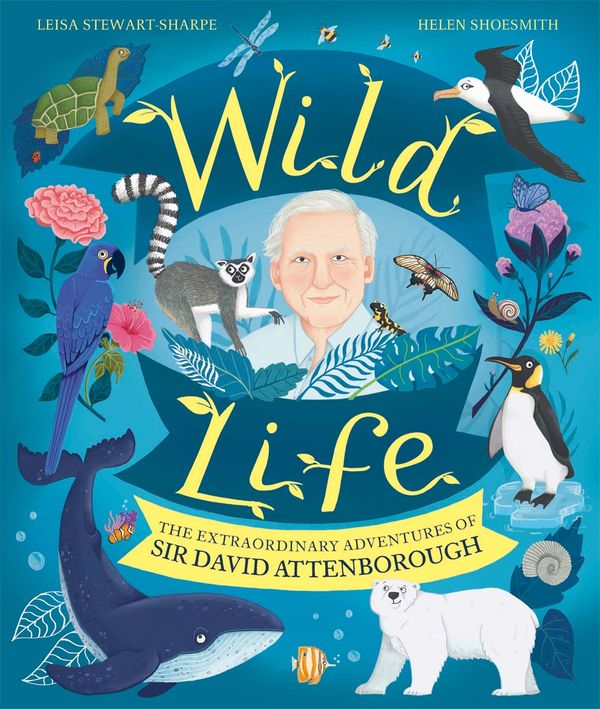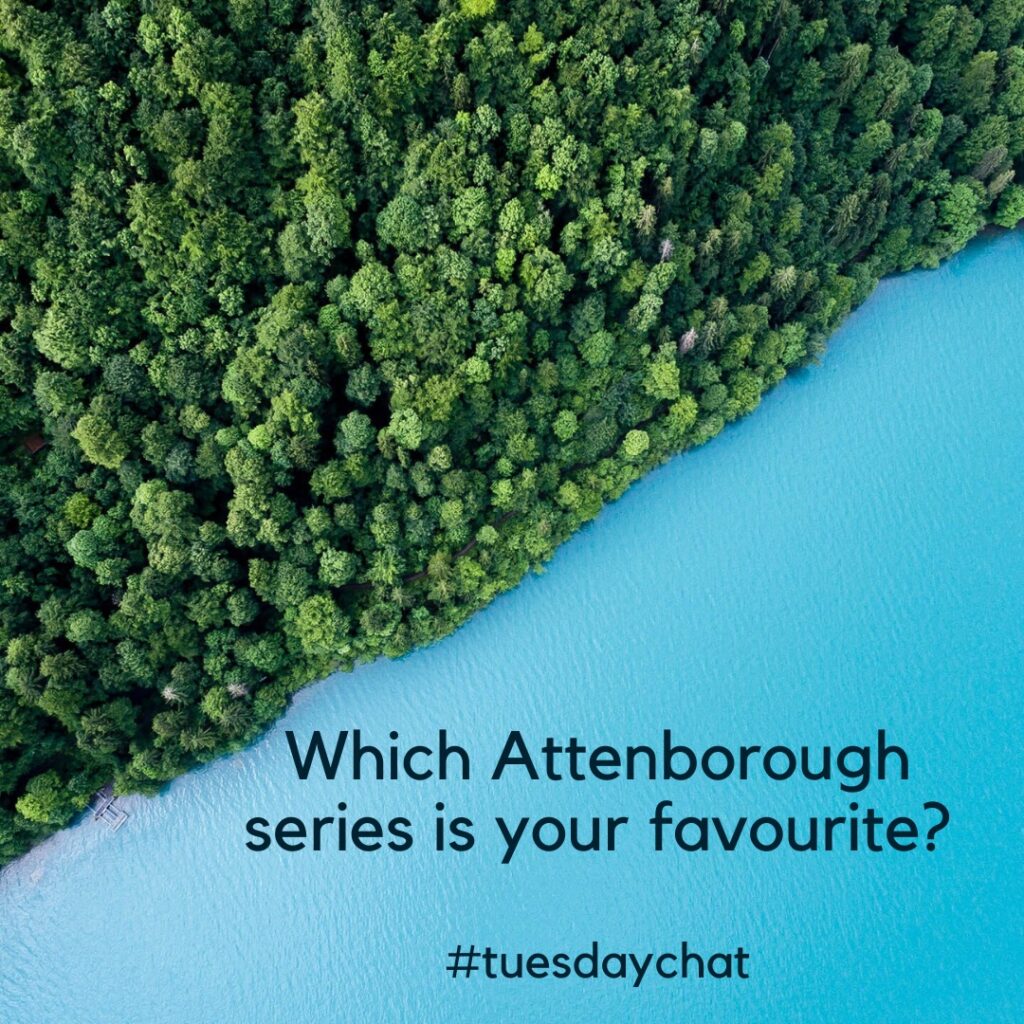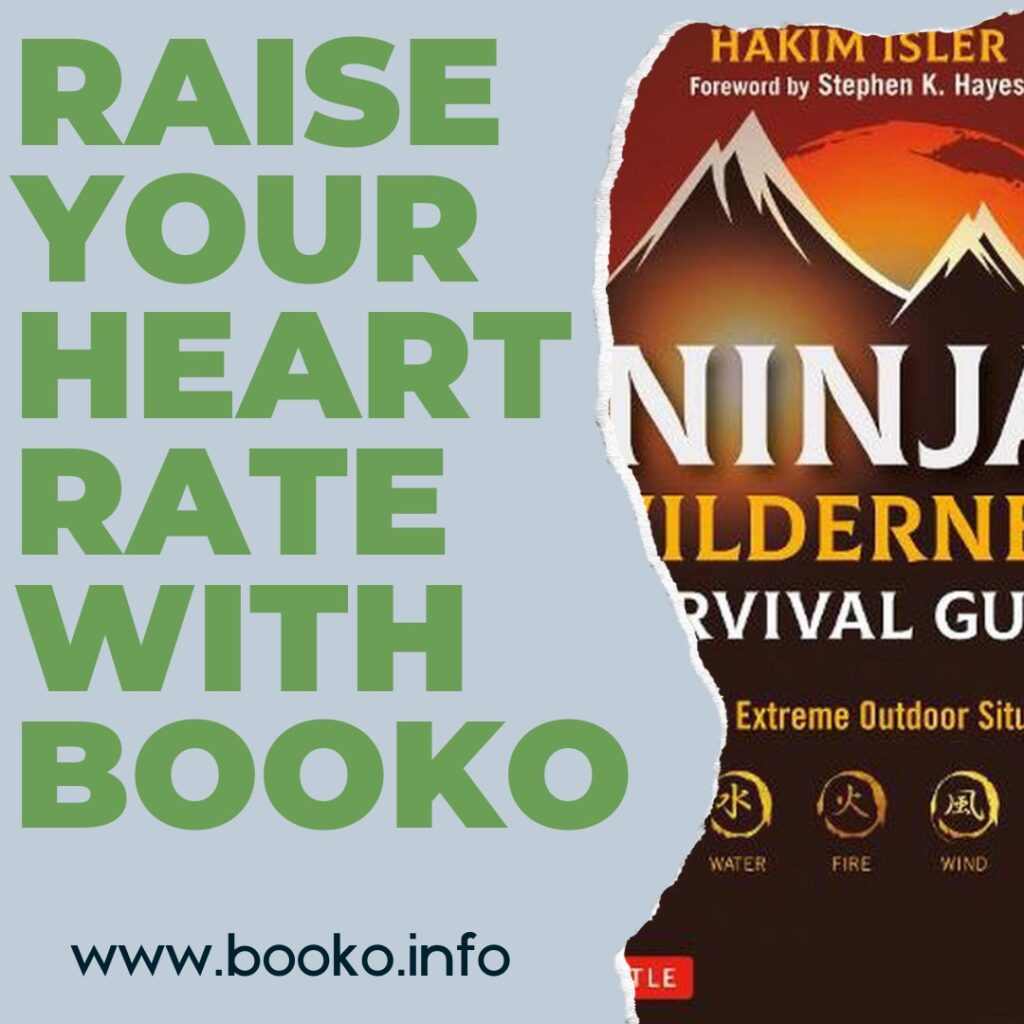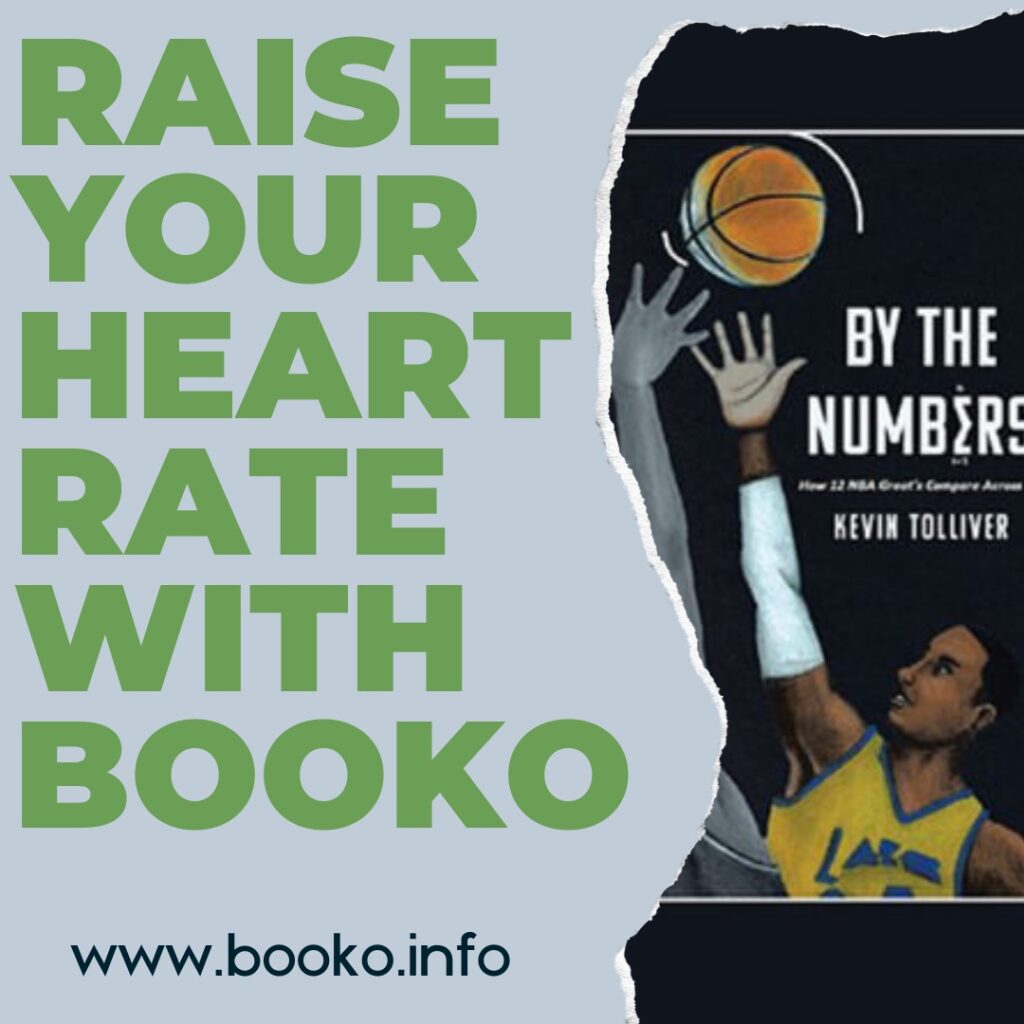We all know that exercise is good for us both mentally and physically and has numerous health benefits. That said, there are still days where we really don’t feel like getting out of bed and heading into the cold for a run (hello Melbourne Winter’s we’re talking about you). Thankfully, there are a growing number of indoor options for those days we can’ face the cold but want still to get moving. For those that need a little more convincing, we have found six great books that not only explain what we can do, but why we need to.
Brace yourself, you’ll be lacing up your runners at the end of this blog and reaching for your drink bottle as we know these are going to inspire you to get moving.
Eat Like a Pig, Run Like a Horse by Anastacia Marx de Salcedo
There is no pill. There is no diet. Could it be that our underlying assumption, that what we’re eating is making us fat and sick, is just plain wrong? To address the nation’s bulging waistline and the disease states associated with it, scientists have conducted a whopping 500,000 studies of diet and 300,000 of obesity. Journalists have written 223,000,000 and 15,600,000 news articles respectively about the topics. Yet nothing seems to halt the epidemic. It’s clear a new approach is needed. Anastacia Marx de Salcedo’s Eat Like a Pig, Run Like a Horse, looks not just to data-driven science, but to animals and the natural world around us. What she finds will transform the national debate about the root causes of our most pervasive diseases and offer hope of dramatically reducing the number who suffer from these, no matter what we eat. She starts by chronicling her own medical miracle. She has multiple sclerosis, but discovered that daily exercise keeps it from progressing. And now, new research backs up her own experience. This revelation prompted her to ask what would happen if people with lifestyle illness put physical activity front and centre in their daily lives instead of diet? In a fascinating journey divided between personal profiles of patients, mad(ish) scientists, and beguiling animal stories (bats, who fly hundreds of miles weekly, are incredibly disease resistant, much like how aerobic exercise boosts our own immune system), Anastacia shows we need to move beyond our current diet-focused model to a new, dynamic concept of metabolism as regulated by exercise. Suddenly the answer to global good health is embarrassingly simple. Don’t worry about what you eat. Worry about how much you move.
Sweat: A History of Exercise by Bill Hayes
Exercise is our modern obsession, and we have the fancy workout gear and fads to prove it. Exercise, a form of physical activity distinct from sports, play, or athletics, was an ancient obsession, too, but as a chapter in human history, it’s been largely overlooked. In Sweat, Bill Hayes runs, jogs, swims, spins, walks, bikes, boxes, lifts, sweats, and downward-dogs his way through the origins of different forms of exercise, chronicling how they have evolved over time, and dissecting the dynamics of human movement. Hippocrates, Plato, Galen, Susan B. Anthony, Jack LaLanne, and Jane Fonda, among many others, make appearances in Sweat, but chief among the historical figures is Girolamo Mercuriale, a Renaissance-era Italian physician who aimed singlehandedly to revive the ancient Greek “art of exercising” through his 1569 book De arte gymnastica. In the pages of Sweat, Mercuriale and his illustrated treatise are vividly brought back to life. As Hayes ties his own personal experience to the cultural and scientific history of exercise, from ancient times to the present day, he gives us a new way to understand its place in our lives in the 21st century.
Yoga Happy: Simple Tools and Practices for Everyday Calm & Strength by Hannah Barrett
Yoga Happy is an essential companion to help you through life, whether you’re a complete yoga beginner or wanting to deepen your home practice. In this beautiful, full-colour book you will find everything you need to build your inner strength and resilience, enhance your yoga practice, and help you find calm, happiness and the resilience to navigate the modern world. Written by yoga and meditation teacher Hannah Barrett, who has helped hundreds of thousands of people both online and through her workshops and classes, Yoga Happy encourages you to incorporate key disciplines, thoughts and actions into your everyday life. No matter how little time or space you have, Hannah shows how you can find your energy, reduce stress at home or at work, get a good night’s sleep and learn to cope better with whatever life throws at you. This inspiring handbook will also guide you through short, illustrated yoga sequences adapted for all abilities, plus give you breathing techniques, meditations and other proven mindful practices that will help to nourish and support your mind and body.
The Truth of Yoga: A Comprehensive Guide to Yoga’s History, Texts, Philosophy, and Practices by Daniel Simpson
A succinct, approachable guide to the origins, development, key texts, concepts, and practices of yoga. Yoga is practiced by many millions of people worldwide and is celebrated for its mental, physical, and spiritual benefits. And yet, as Daniel Simpson reveals in The Truth of Yoga , much of what is said about yoga is misleading. For example, the word “yoga” does not always mean union. In fact, in perhaps the discipline’s most famous text, the Yoga Sutra of Patanjali, its aim is described as separation: isolating consciousness from everything else. And yoga is not five thousand years old, as is commonly claimed; the earliest evidence of practice dates back about twenty-five hundred years. (Yoga may well be older, but no one can prove it.) The Truth of Yoga is a clear, concise, and accessible handbook for the lay reader that draws upon abundant recent scholarship. It outlines these new findings with practitioners in mind, highlighting ways to keep traditions alive in the twenty-first century.
Caged Lion: Joseph Pilates and His Legacy by John Howard Steel
Caged Kion is the surprising story of Pilates, the man and the method.
Part biography, part history, and part memoir, Caged Lion untangles for the first time Joseph Pilates’s opaque life story and the perilous journey of his exercise program known the world over as Pilates.
This is the story of Joseph Pilates, a gifted man who immigrated to the United States at forty-three with no assets or credentials. He not only invented an exercise regimen which today is practiced by more than ten million people, but in the process, reinvented himself.
John Howard Steel brings Joseph Pilates and his eponymous exercise regime to life from his unique perspective as a student, friend, and confidant. Joe’s influence profoundly changed Steel’s life; in turn, Steel was crucial for the survival of the Pilates Method and Joe’s legacy. Steel’s vivid account traces the expansion of Pilates from a small cadre of dedicated adherents, through two periods of near extinction, to the global sensation it is today. Steel describes Joseph Pilates’s years as a prisoner during World War I, Joe’s motivation to discover his system of exercises, his inspirational teaching technique, and the unique attraction of the Pilates Method. It’s quite a story.
Just Breathe by Dan Brule
Hailed by Tony Robbins as the “definitive breathwork handbook,” Just Breathe will teach you how to harness your breath to reduce stress, increase productivity, balance your health, and find the path to spiritual awakening. Big meeting jitters? Anxiety over a test or taxes? Hard time focusing? What if you could control your outcomes and change results simply by regulating your breath? In this simple and revolutionary guide, world-renowned pioneer of breathwork Dan Brul shares the Breath Mastery technique that has helped people in more than fifty countries reduce anxiety, improve their health, and tap infinite stores of energy. Just Breathe reveals the truth that elite athletes, champion martial artists, Navy SEAL warriors, first responders, and spiritual yogis have always known; when you regulate your breathing, you can moderate your state of well-being. So if you want to clear and calm your mind and spark peak performance, the secret is just a breath away. Breathwork gives you the tools to achieve benefits in a wide range of issues including: managing acute/chronic pain; helping with insomnia, weight loss, attention deficit, anxiety, depression, trauma, and grief; improving intuition, creativity, mindfulness, self-esteem, and leadership; and much more. Just Breathe will help you utilise your breath to benefit your body, mind, and spirit.
Enjoy!


























